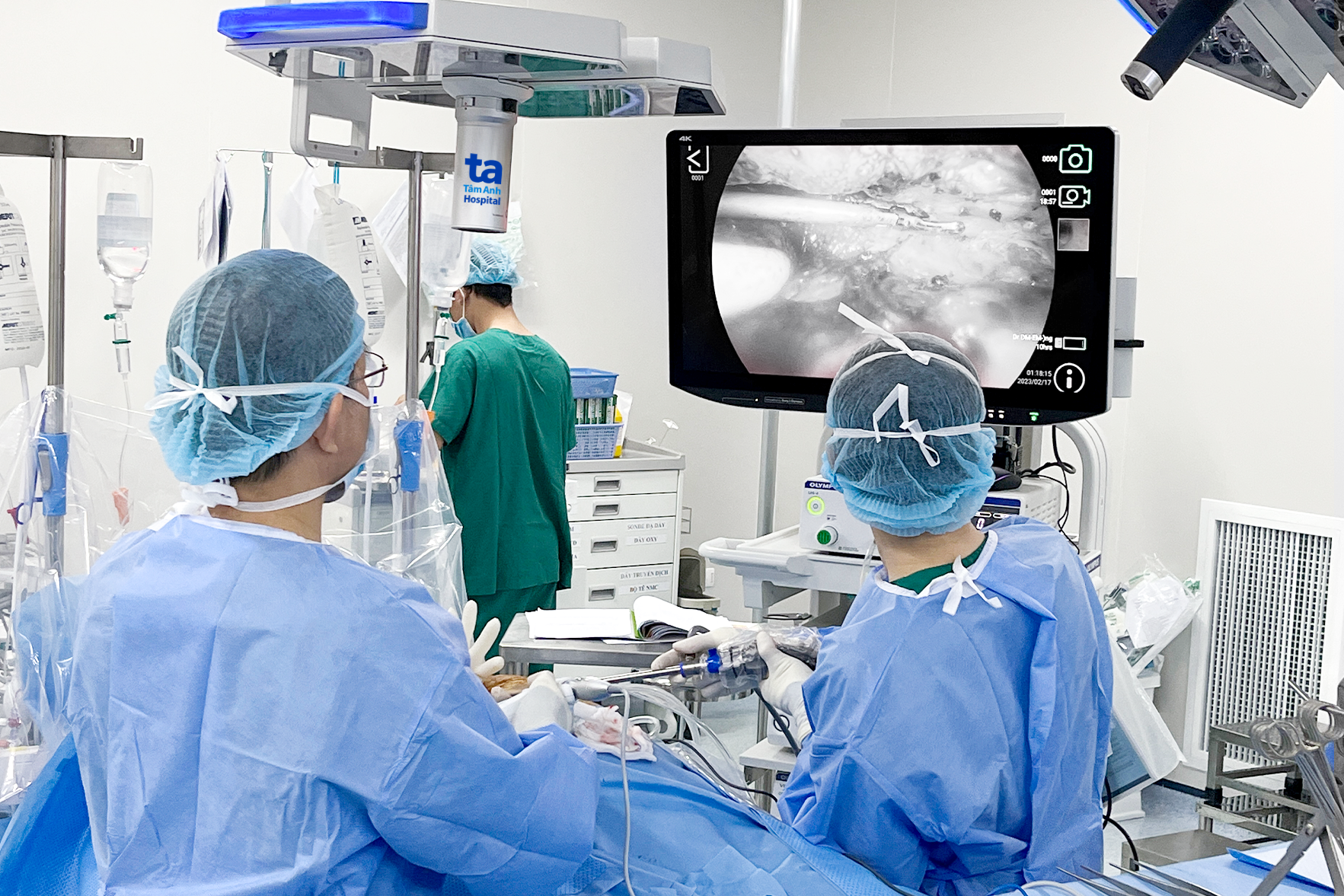Man smoked two packs of cigarettes a day for 30 years. A month ago, he developed a painful ulcer on the 4th finger of his right hand, causing frequent insomnia. Dr. Nguyen Anh Dung, Head of the Thoracic - Vascular Surgery Department at Tam Anh General Hospital in Ho Chi Minh City, diagnosed him with Buerger's disease (thromboangiitis obliterans). This non-atherosclerotic inflammatory vascular disease typically affects small and medium-sized blood vessels in the hands and feet. The disease involves a combination of inflammatory responses and blood clots within the blood vessels, reducing blood flow to the limbs. Without prompt diagnosis and treatment, the fingers and toes can turn purple-black and develop ulcers and infections, potentially leading to amputation and sepsis.
"Smoking is the most common cause of Buerger's disease," Dr. Dung explained. The chemicals in cigarette smoke stimulate cellular immune factors, leading to inflammation and damage to blood vessel walls. In cases of blockage in larger peripheral blood vessels, patients often undergo angioplasty. However, Man's blockage was in the small vessels directly supplying blood to his fingers, making angioplasty or stenting impossible. Dr. Dung opted for a thoracic sympathectomy to reduce sympathetic stimulation in the upper limbs (which causes peripheral vasoconstriction), alleviate chronic pain from tissue ischemia, and increase blood flow for wound healing.
The surgical team made two 5 mm incisions in Man's armpit area. They inserted a small camera attached to a laparoscope into his chest cavity and used instruments to remove the sympathetic nerve ganglion. The procedure took 15 minutes.
 |
Dr. Dung (left) and the surgical team perform a laparoscopic sympathectomy on the patient. *Illustrative photo: Ha Vu* |
After the surgery, Man's symptoms improved. His hand felt warmer, the pain subsided, and he was discharged after two days. He received guidance on quitting smoking to reduce the risk of recurrence.
According to Dr. Dung, the symptoms of Buerger's disease are not immediately apparent and typically develop slowly over time. In the early stages, patients experience pain in their hands or feet (burning, tingling sensations). Later, ulcers appear, causing changes in skin color or texture. Muscle cramps, blood clots in the blood vessels, and red, blue, or pale fingers and toes are signs of severe disease. Cold, numb, and dark-colored hands and feet warn of infection and necrosis.
To prevent the disease, individuals should avoid smoking, stay warm to reduce the risk of harmful vasoconstriction, and maintain a healthy lifestyle by exercising regularly. Managing underlying conditions like diabetes and hypertension is also crucial. People should avoid sitting or standing in one position for extended periods and refrain from wearing tight clothing that restricts blood circulation. Regular health checkups are essential for early detection and prevention of complications.
Thu Ha
*The patient's name has been changed.
| Readers can submit questions about cardiovascular diseases here for doctors to answer. |












